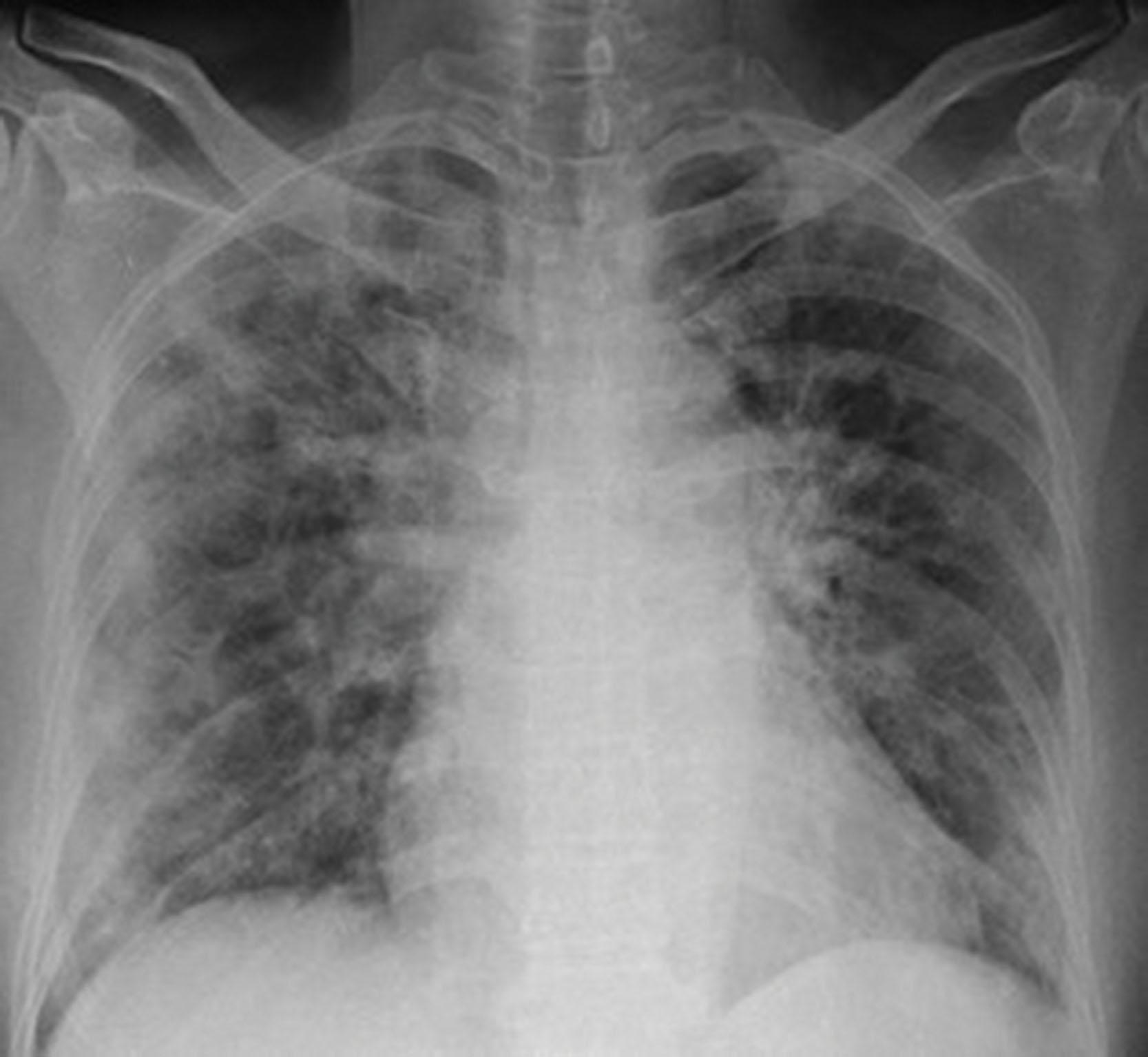Physical Address
304 North Cardinal St.
Dorchester Center, MA 02124
A rapid response event was initiated for a patient in the post-op recovery unit by the charge nurse for acute onset of hypoxia and altered mentation. On arrival of the rapid response team, it was reported that the patient was a 62-year-old male who was 4 h post-op after intra-medullary nailing procedure of his left femoral shaft fracture. His comorbidities included chronic hypertension and type 2 diabetes. On a quick review of the chart, it was noted that the patient experienced a brief period of hypo-tension during surgery which responded appropriately to an intravenous fluid bolus. The nurse reported that the patient was doing fine in the recovery area and conversing with nursing staff when suddenly he became confused, and his oxygen saturation dropped to 80% on room air. He was then placed on supplemental oxygen via nasal cannula, and a rapid response code was activated.
Temperature: 98.4 °F, axillary
Blood Pressure: 100/58 mmHg
Heart Rate: 122 beats per min (bpm), sinus tachycardia on tele-monitor ( Fig. 20.1 )

Respiratory Rate: 36 breaths per min
Oxygen Saturation: 80% on room air, 90% on 6 L nasal cannula
A quick exam showed a middle-aged man with moderate respiratory distress, who was tachypneic and lying on his back in bed. He was alert but not oriented to time and place. His chest auscultation was not significant for wheezing or crackles, and breath sounds were equal bilaterally. A cardiac exam revealed regular rhythm with tachycardia. He denied any chest pain or pain anywhere else in the body. His left leg was wrapped in a bandage marking the site of the recent procedure. There was evidence of a new petechial rash on his anterior chest going up to his neck and axillary areas bilaterally.
A cardiac monitor and pads were attached to the patient. Supplemental oxygen was continued, and an intravenous bolus of 1 L Plasma-Lyte was started. A stat complete blood count (CBC), basic metabolic panel (BMP), troponin, lactate level, arterial blood gas, and portable chest X-ray were ordered. A 12-lead electrocardiogram showed sinus tachycardia. His chest X-ray showed multiple bilateral patchy opacities, which were not present on admission imaging ( Fig. 20.2 ).

Arterial blood gas (ABG) showed a pH of 7.52, paO 2 of 65, pCO 2 of 30, and SPO 2 of 92% on 8 L oxygen via nasal cannula. His CBC was remarkable for a hemoglobin level of 10.2 g/dL (dropped from 13 g/dL on admission) and a platelet level of 220,000 /uL (dropped from 360,000 /uL on admission). His white blood cell count, BMP, and troponin levels were unremarkable. The lactate level was slightly elevated at 2.2 mmol/L. At this time, it was determined that the most likely differential diagnosis for this event was fat embolism syndrome (FES), with acute pulmonary embolism (PE) as a differential diagnosis. The patient was sent for a stat computed tomography (CT) angiography of the chest with contrast, which was negative for acute PE, but revealed bilateral areas of consolidation and diffuse ground-glass opacities. The patient’s hypoxia and confusion deteriorated abruptly in the scanner, and he was intubated for airway protection and respiratory support. A stat CT head at the same time revealed diffuse white matter petechial hemorrhages. The patient was transferred to the intensive care unit (ICU) for further monitoring and management of FES.
Become a Clinical Tree membership for Full access and enjoy Unlimited articles
If you are a member. Log in here